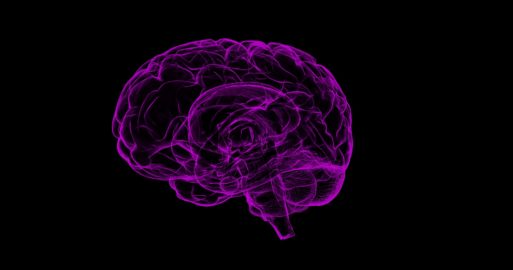A recent study out of the University of Southern California suggests that leaks in the blood-brain barrier could be used to detect Alzheimer’s in its early stages. This is important because it’s believed that early detection is crucial to stop or slow progression of the disease.
 The blood-brain barrier is part of the brain’s circulation system. It acts as a “bouncer” of sorts: a filtration system that allows beneficial things like glucose and amino acids into the brain and prevents bad stuff (viruses, bacteria, etc.) from entering. It’s made up almost entirely of endothelial cells lining the arteries, veins and capillaries that feed our brains.
The blood-brain barrier is part of the brain’s circulation system. It acts as a “bouncer” of sorts: a filtration system that allows beneficial things like glucose and amino acids into the brain and prevents bad stuff (viruses, bacteria, etc.) from entering. It’s made up almost entirely of endothelial cells lining the arteries, veins and capillaries that feed our brains.
There is evidence that leaks in the blood-brain barrier could allow amyloid proteins into the brain, which then stick to neurons. This promotes further amyloid accumulation, eventually overwhelming and destroying brain cells. Amyloid protein buildup is one well-known indicator of Alzheimer’s. Other neurodegenerative diseases (such as Huntington’s disease, Parkinson’s and multiple sclerosis) also exhibit these blood-to-brain leaks.
“Something is off with the system when [a blood-brain leak] happens,” said Arthur Toga, director of the Laboratory of Neuro Imaging (LONI) and the USC Mark and Mary Stevens Neuroimaging and Informatics Institute at the Keck School of Medicine. “Healthy people have amyloid in their bodies. When the system is dysregulated, amyloid can build up and cells die off.”
Numerous methods can be employed to detect malfunctions in the blood-brain barrier. An intravenously-administered contrast substance combined with magnetic resonance imaging (MRI) is one way. Brain microbleeds, a sign of leakage, can also be picked up with MRI. A reduced rate of glucose uptake in the brain can be another issue with blood-brain barrier breakdown.
New Form of Detection
This recent study is important because it offers a new method that doctors could use to detect Alzheimer’s in its earliest stages. Currently, obvious mental and memory decline and the buildup of the tau and amyloid proteins are the most common methods to diagnose the disease.
 “Cognitive impairment, and accumulation in the brain of the abnormal proteins amyloid and tau, are what we currently rely upon to diagnose Alzheimer’s disease,” said Berislav Zlokovic, a co-author of the study, “but blood-brain barrier breakdown and cerebral blood flow changes can be seen much earlier…This shows why healthy blood vessels are so important for normal brain functioning.” Zlokovic is the Mary Hayley and Selim Zilkha Chair in Alzheimer’s Disease Research at the Keck School of Medicine of USC.
“Cognitive impairment, and accumulation in the brain of the abnormal proteins amyloid and tau, are what we currently rely upon to diagnose Alzheimer’s disease,” said Berislav Zlokovic, a co-author of the study, “but blood-brain barrier breakdown and cerebral blood flow changes can be seen much earlier…This shows why healthy blood vessels are so important for normal brain functioning.” Zlokovic is the Mary Hayley and Selim Zilkha Chair in Alzheimer’s Disease Research at the Keck School of Medicine of USC.
In the new study, published in the September 24 issue of Nature Neuroscience, Zlokovic and his colleagues believe that the breakdown of the blood-brain barrier should be a novel biomarker for Alzheimer’s. It could also be a target for future medicines. An important note is that these kinds of tests aren’t normally offered at a doctor’s office.
Since there is no cure for Alzheimer’s and is currently irreversible, it is vital to understand the beginning stages of its onset.
Alzheimer’s is the most common form of dementia, affecting 5.7 million Americans. That number is expected to rise to 14 million by 2050, according to the U.S. Centers for Disease Control and Prevention. Treatment costs run into the hundreds of billions of dollars every year in the United States. The neurodegenerative disease kills more people than breast and prostate cancer combined.

 Blood-Brain Barrier Biomarker Could Be Early Alzheimer’s Indicator
Blood-Brain Barrier Biomarker Could Be Early Alzheimer’s Indicator


 “Songbird” by Fleetwood Mac
“Songbird” by Fleetwood Mac
 First the Wealth Gap, Now the U.S. Has a Growing Health Gap
First the Wealth Gap, Now the U.S. Has a Growing Health Gap
 How to Comfort A Dying Loved One
How to Comfort A Dying Loved One














